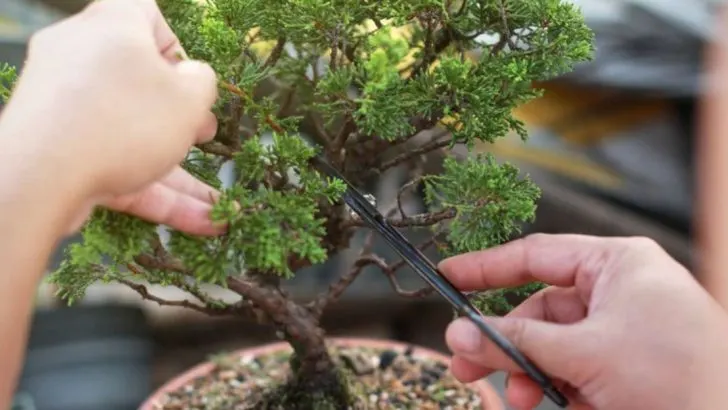Growing bonsai trees is an art that requires patience, care, and the right techniques. However, many beginners (and even experienced growers) make common mistakes that can stunt growth or harm their trees. Avoid these 10 pitfalls to keep your bonsai healthy and thriving for years to come.
Overwatering
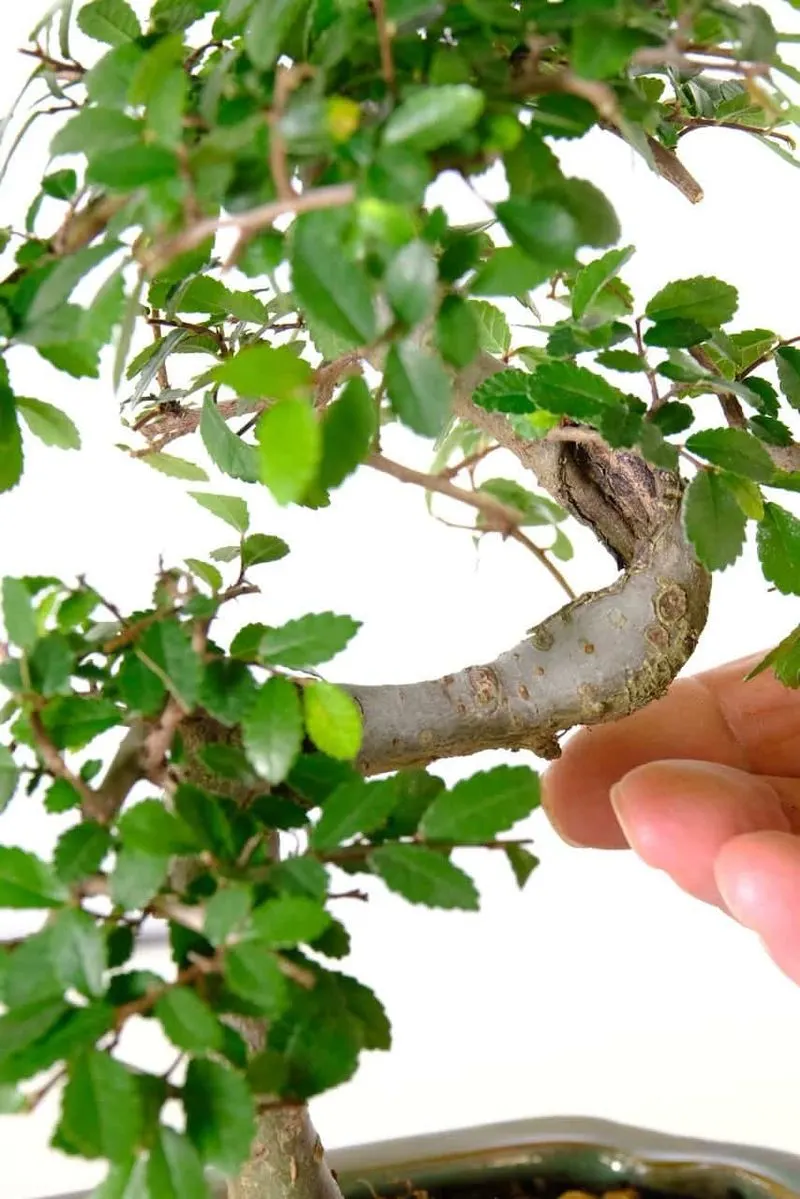
Too much water can suffocate your bonsai’s roots, leading to root rot. It’s crucial to understand the specific water needs of your tree species. Begin by checking the soil moisture with your finger. If the top inch is dry, it’s time to water. Remember, bonsai trees require less water compared to typical houseplants.
Inconsistent watering is also a common issue. Maintain a regular schedule, adapting to seasonal changes. During winter, less water is generally needed. Over time, you’ll develop an intuition for your tree’s requirements, supporting its healthy development.
Improper Pruning
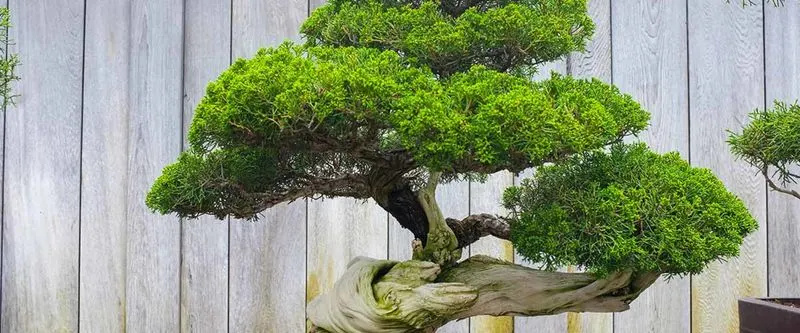
Pruning is essential for maintaining the aesthetic and health of your bonsai. However, cutting too much or too little can harm the tree. It’s vital to prune at the right time, usually during the growing season. Always use sharp, sterilized tools to prevent disease transmission.
Focus on removing dead or oversized branches to maintain balance and shape. Understand your tree’s natural growth patterns; improper pruning often leads to an unbalanced appearance. Study your bonsai to identify which branches need trimming and enhance its natural elegance.
Using the Wrong Soil
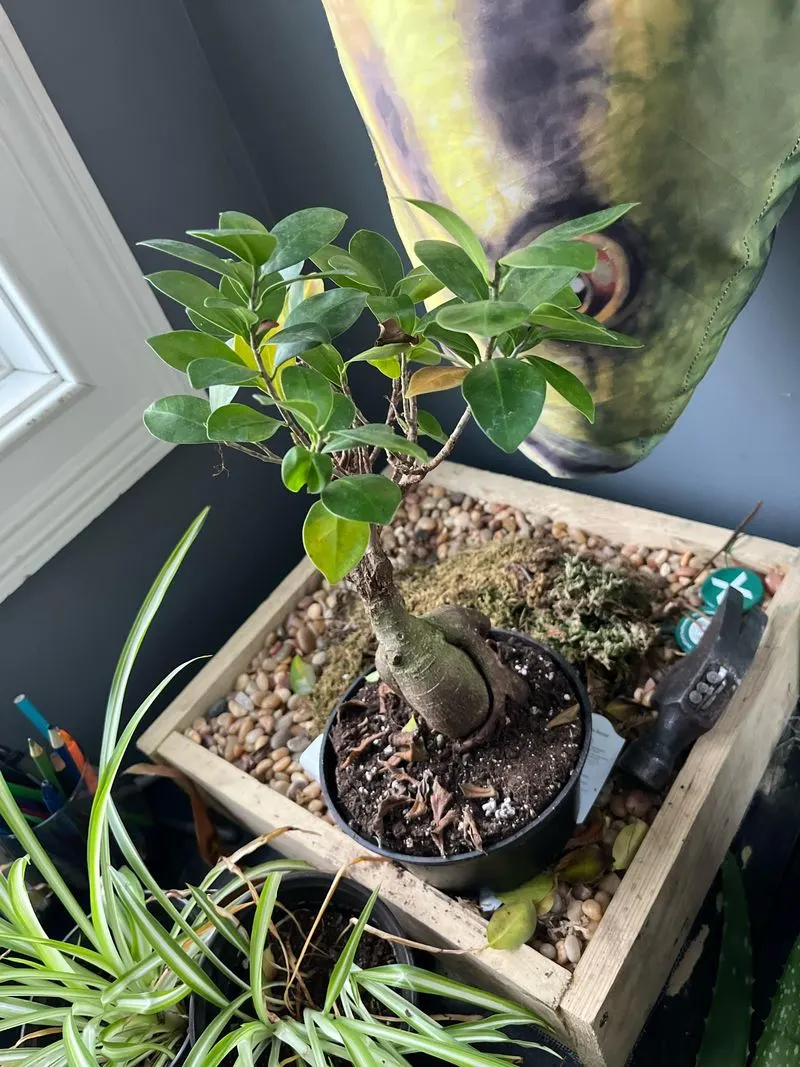
Soil quality directly impacts your bonsai’s health. Regular potting soil retains too much moisture and lacks the necessary drainage. Opt for a specialized bonsai soil mix, which typically includes a balance of Akadama, pumice, and lava rock.
Such a mix provides excellent drainage and proper aeration. Avoid compact soils, as they restrict air movement to the roots. Tailor your soil choice to your particular tree species, as some may require specific amendments. Proper soil ensures robust growth and longevity.
Neglecting Sunlight Needs
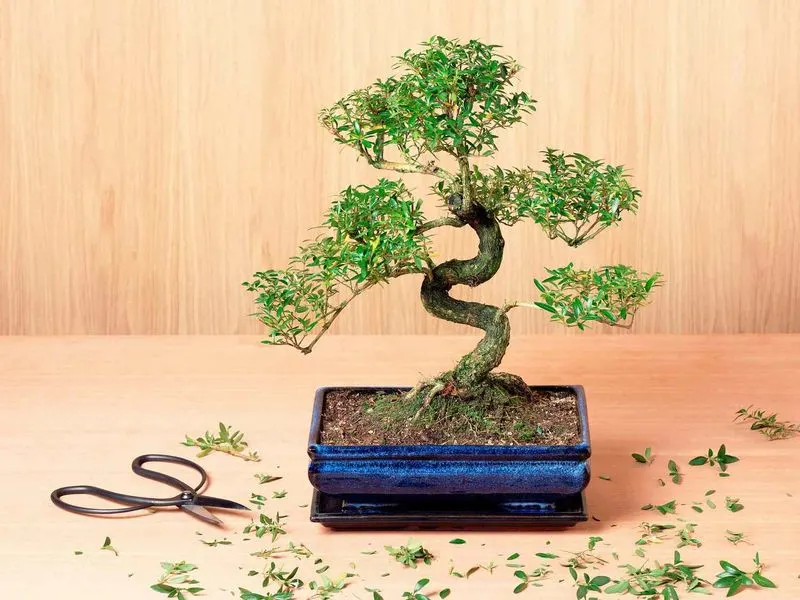
Sunlight is a vital component of photosynthesis, yet many enthusiasts underestimate its importance. Each bonsai species has unique sunlight requirements. Identify whether your tree prefers full sun or indirect light and position it accordingly.
Too much direct sunlight can scorch leaves, while too little stunts growth. Be mindful of seasonal changes that affect sunlight exposure. Regularly rotate your bonsai to promote even growth. Observing the leaf color and growth patterns will guide adjustments to its lighting conditions.
Ignoring Pot Size
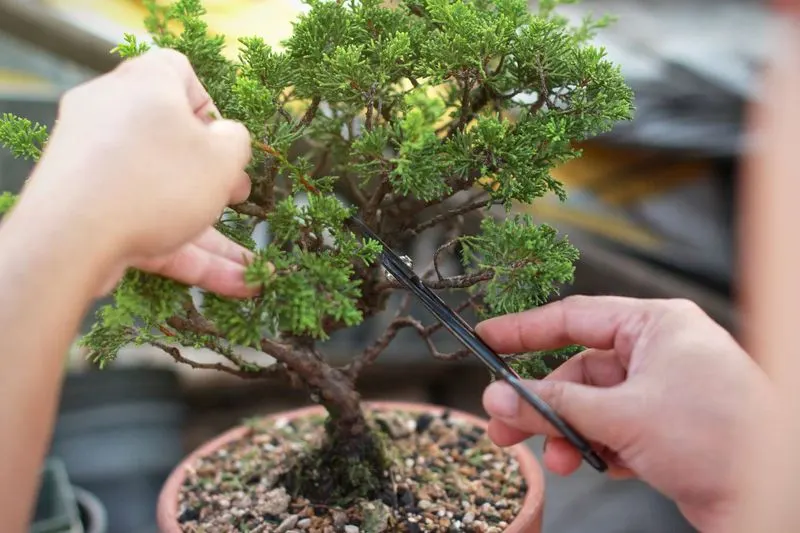
The pot size directly influences your bonsai’s growth and health. An oversized pot may lead to excessive water retention, causing root rot. Alternatively, a pot that’s too small can choke the roots and limit growth.
Match the pot to your tree’s size, ensuring it provides ample space for root expansion while maintaining moisture balance. Repot every few years, refreshing the soil and allowing root pruning. Observing the root growth will help determine when a change is necessary.
Lack of Fertilization
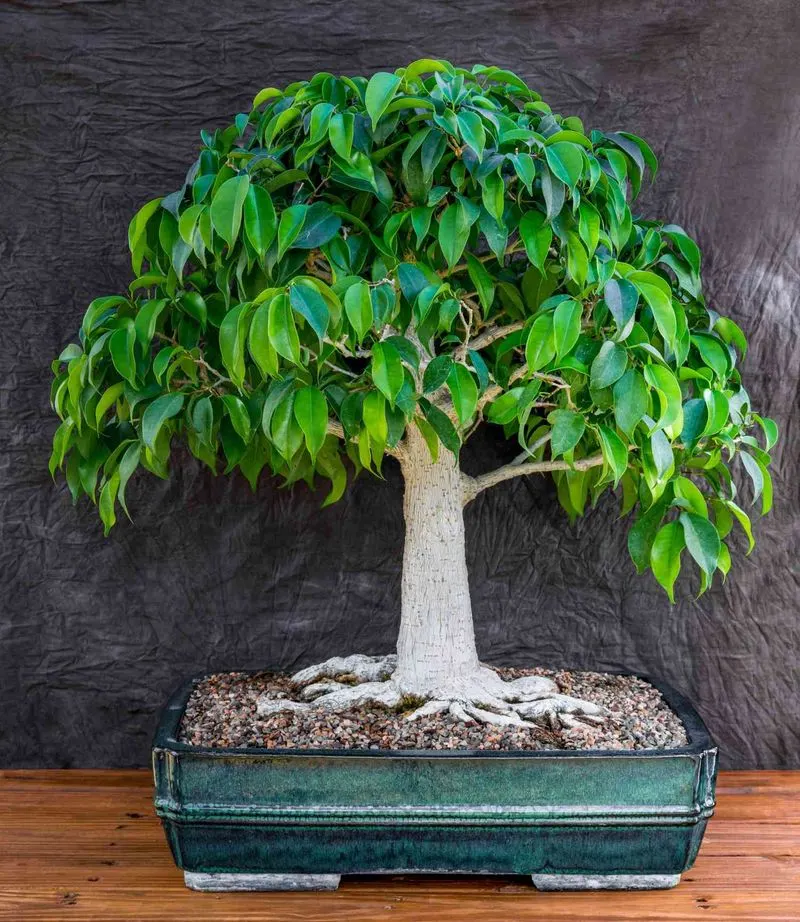
Fertilization is key to providing the nutrients your bonsai needs for robust growth. However, many growers overlook this step. Regularly apply a balanced fertilizer, adjusting frequency based on the growth season.
Over-fertilizing can be just as detrimental as neglect. Follow recommended guidelines or consult with a bonsai expert for tailored advice. Monitor the leaf color and growth, adjusting your fertilization approach as needed. This careful nutrient management fosters a healthy, thriving bonsai.
Skipping Pest Control
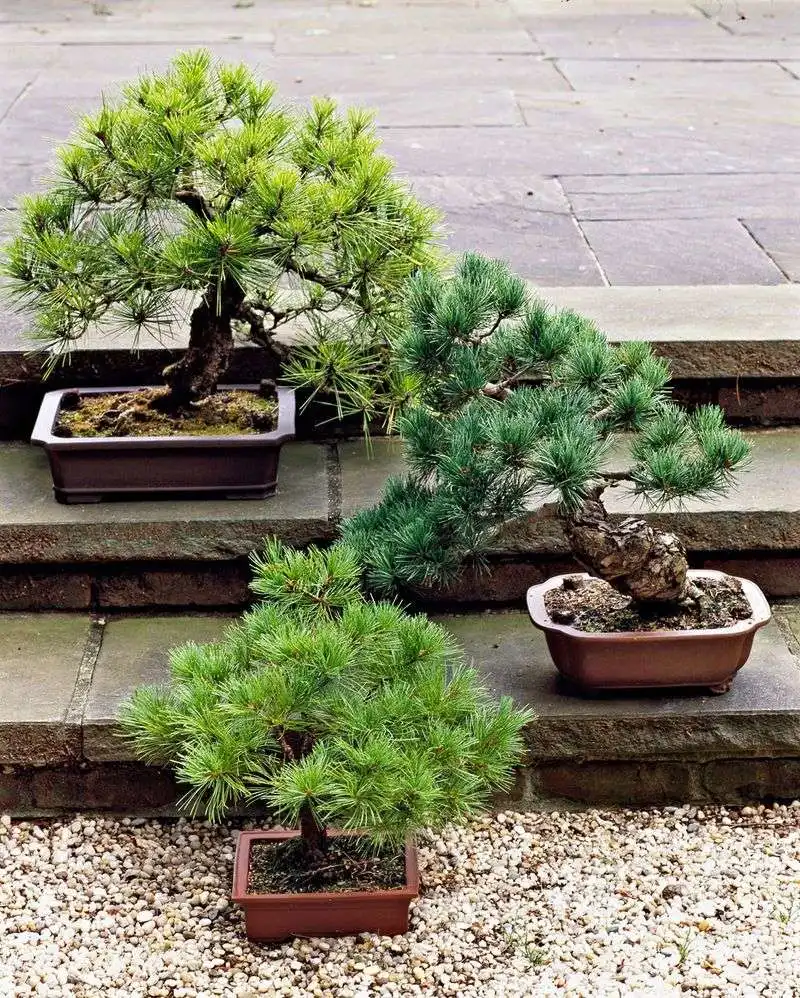
Pests can quickly damage a bonsai tree if left unchecked. Regularly inspect your bonsai for signs of infestation, such as discolored leaves or webbing. Common pests include aphids, spider mites, and scale insects.
Implement an integrated pest management approach, combining manual removal, natural predators, or safe chemical treatments. Ensure the health of your bonsai by responding promptly to any pest issues. Early detection and action can prevent the spread of pests and reduce damage.
Inadequate Wiring Techniques
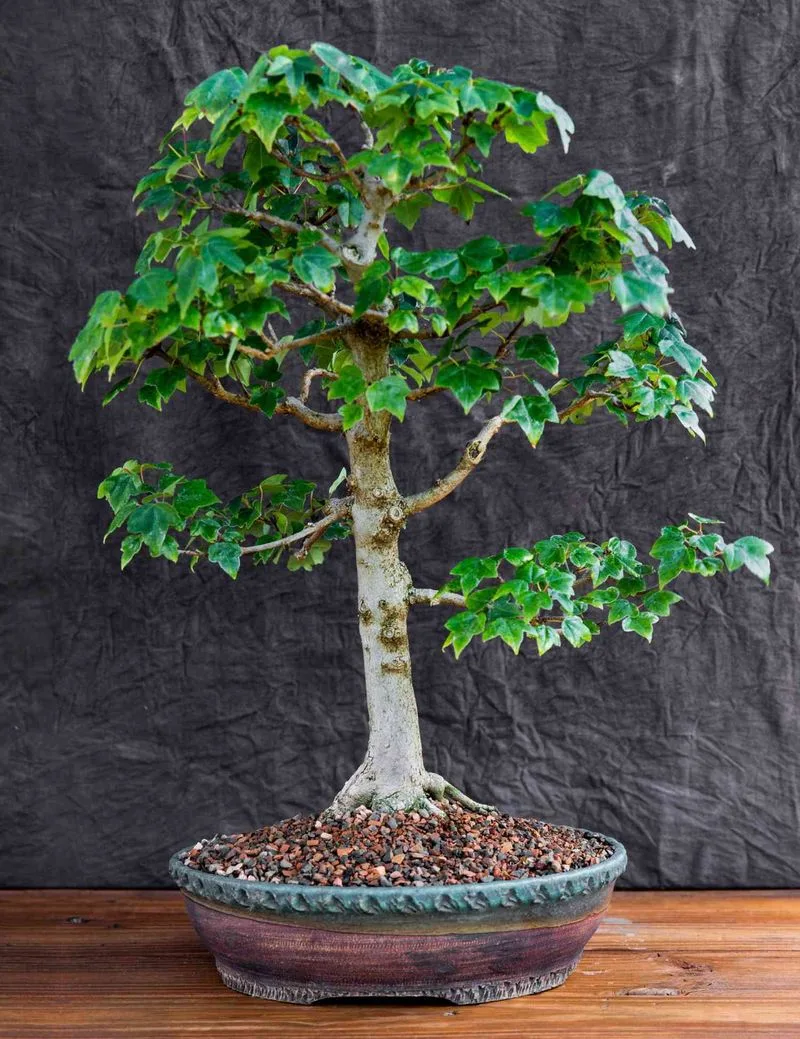
Wiring is a technique used to shape bonsai branches, but improper application can cause harm. Incorrect tension or leaving wires on too long can lead to scarring or breakage. Always use soft, appropriate-gauge wire for your bonsai.
Regularly check and adjust the wiring as needed, gently re-positioning the branches. Study wiring techniques to gain confidence and avoid common pitfalls. Your bonsai will benefit from careful shaping, enhancing its unique character.
Overlooking Seasonal Care
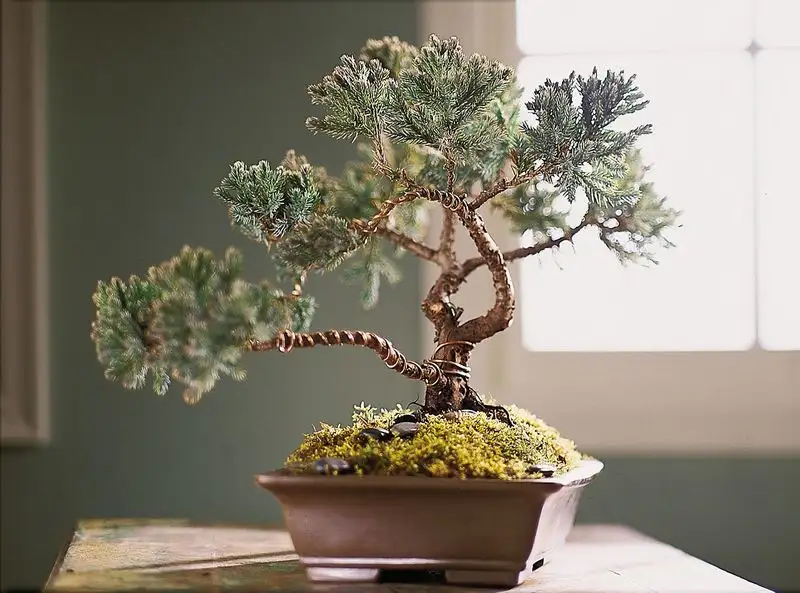
Bonsai trees need specific care adjustments throughout the year. Seasonal changes affect water, sunlight, and temperature needs. Failing to adapt can stress your tree, leading to poor health.
Research the seasonal requirements of your bonsai species. During winter, protection from frost and reduced watering may be necessary. In summer, increased hydration and shade might be required. Consistent adjustments will support your bonsai’s vitality year-round.
Neglecting Roots
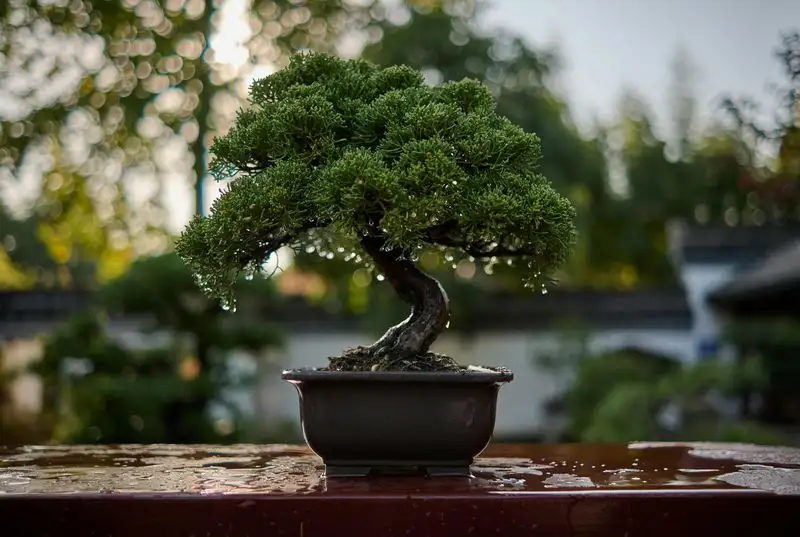
Roots are the foundation of your bonsai’s health. Neglecting their care can lead to an array of problems. Regularly inspect the root system by repotting every two to three years, trimming excess roots to prevent tangling and promote growth.
Healthy roots ensure the tree receives adequate nutrients and water. Use proper soil and pots to facilitate robust root development. Observing and maintaining the root health is crucial for your bonsai’s overall well-being.

